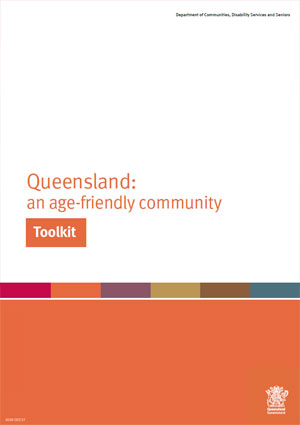Step 3: Partner and connect
One of the key things to remember is that age-friendly communities do not occur in isolation.
Working with others is vital to building an age-friendly community.
Partnerships, networks and connections will increase your ability to improve the age-friendliness of your organisation and community, while offering increased capacity to all partnership stakeholders.
Consider:
- Who do you currently partner with? Building partnerships from the ground up can take time. Existing partners may be a good way to get quick wins.
- What new partnerships can you establish to share the load?
- Collaborating internally – there may be other departments or people in your organisation working on initiatives that would benefit from an age-friendly approach. For example, the human resources, marketing and finance sections may be useful internal partners with mutual goals. You may need to consider how you overcome barriers to working together.
- What partnerships have you, or could you, form with older people? Working with older people is the most obvious way to get started with age-friendliness. For inspiration look at this European project on partnerships with older people to enhance health services.
- Another way to extend and enhance your actions is collaborating externally by finding other stakeholders who are developing their age-friendliness, or who would benefit from becoming more age-friendly. Your Customer journey tool can offer great insight into potential partners and how to engage with them.
Here’s a useful framework that you can use to guide the development of your partnership strategy. This framework is based on an approach by the strategic marketing company, Partner2Grow.
-
1. Review your organisation
Identify gaps where partnerships could assist
-
2. Identify your assets
This could be your staff, your products, your services: whatever you have to offer
-
3. Review customers and identify prospective partners
Use a customer journey to highlight potential partnerships and brainstorm partner
-
4. Match assets to need for prospective partners
Identify the mutual benefit for you and your prospective partners and consider realistic offerings
-
5. Prepare a one page ‘pitch’
Approach your prospective partners
-
6. Prepare a partnership agreement
Incorporate review and evaluation
TIP
There are many ways to collaborate with others. Check out our Partnership types tool for more information.
- Last reviewed
- 4 August 2023
- Last modified
- 4 August 2023
 This work is licensed under a Creative Commons Attribution 4.0 International (CC BY 4.0) licence
This work is licensed under a Creative Commons Attribution 4.0 International (CC BY 4.0) licence


